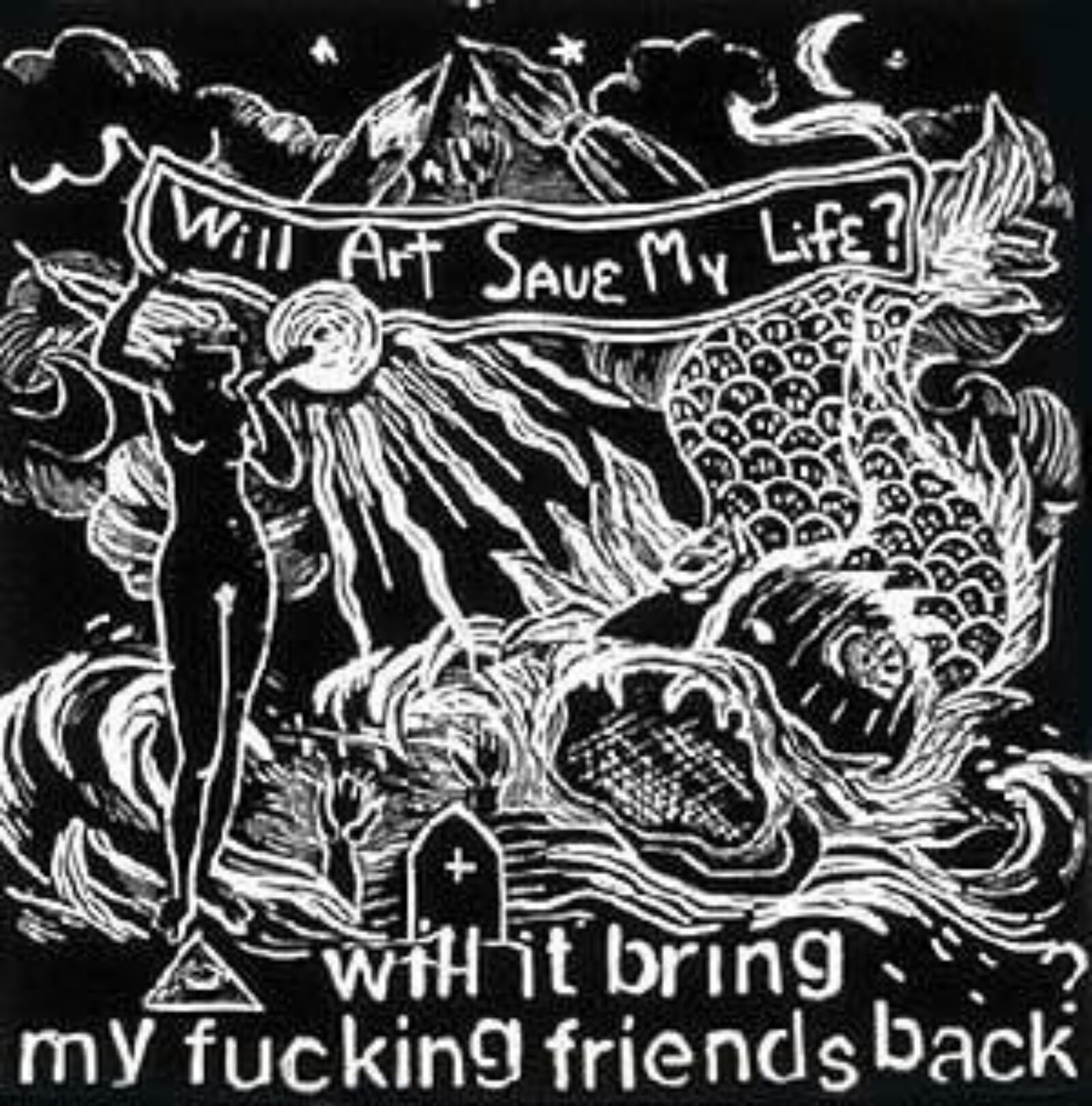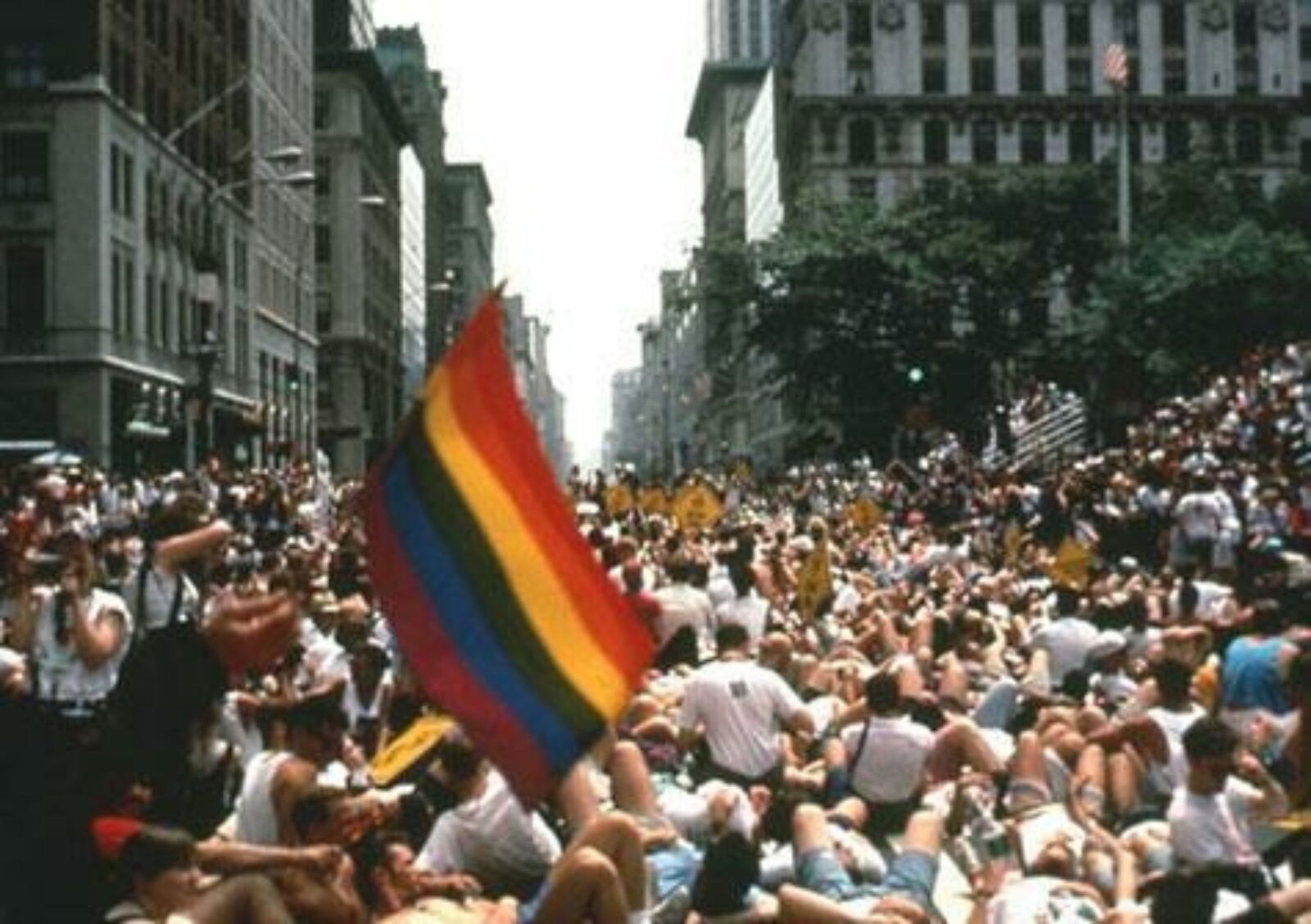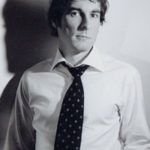
















featured gallery for July 2008
Militancy and Mourning
In 1987, influential cultural critic Douglas Crimp demanded that arts institutions and artists cease simply trying to raise money for the fight against AIDS and start actually intervening in the epidemic. He was frustrated by pronouncements that the elegiac and transcendental tone of the works being made about AIDS would be the epidemic's cultural legacy. "We don't need a cultural renaissance," he retorted, "we need cultural practices actively participating in the struggle against AIDS. We don't need to transcend the epidemic; we need to end it."
Crimp sought a more robust, political aesthetic, in which artists would expose the techniques of representation by which people with AIDS were either stigmatized or made invisible. Accordingly, he championed the confrontational and explicit graphic style of the activist collective Gran Fury, which drew attention to the homophobia and sexism preventing effective government action, and the provocative work of ACT UP, whose cleverly choreographed protests ensured that its statements made the TV news.
Crimp's manifesto sparked an ongoing debate about how artists should respond to the crisis. Many of the artists represented in this gallery took up his call to arms and address the injustice, prejudices and silence that make people vulnerable to infection and marginalize those living with HIV/AIDS.
The other artists represented force us to rethink what constitutes "political" action. Does one have to participate in a protest rally or storm the headquarters of a pharmaceutical company to be political? In a society that is uncomfortable with homosexuality, and especially black men-who-have-sex-with-men, isn't survival -- the simple act of slipping on a condom every time one fucks -- a political act in itself? And what of work that represents grief and loss? While seemingly passive in nature, such work reminds us that one of the most useful functions of art is to help us mourn, to suggest that our pain is shared and that we're not alone, so that our energies might be restored and renewed for the fight ahead.
The final two images in the gallery are by Albert Velasco, who became a good friend during my stay in New York. His recent health problems (including a cyst on his brain) were eerily foreshadowed in drawings he completed over 10 years ago. Far from being disappointed with the body, and even when it fails, Velasco celebrates the amazing abilities of human physiology and consciousness, reminding us to continue living even when faced with the prospect of death.
